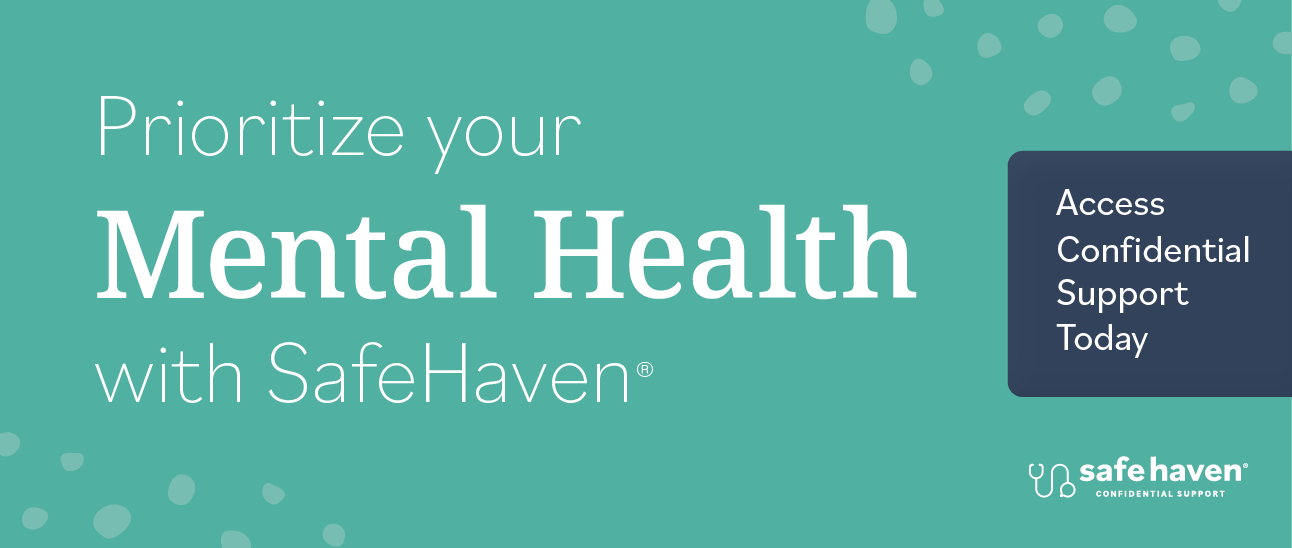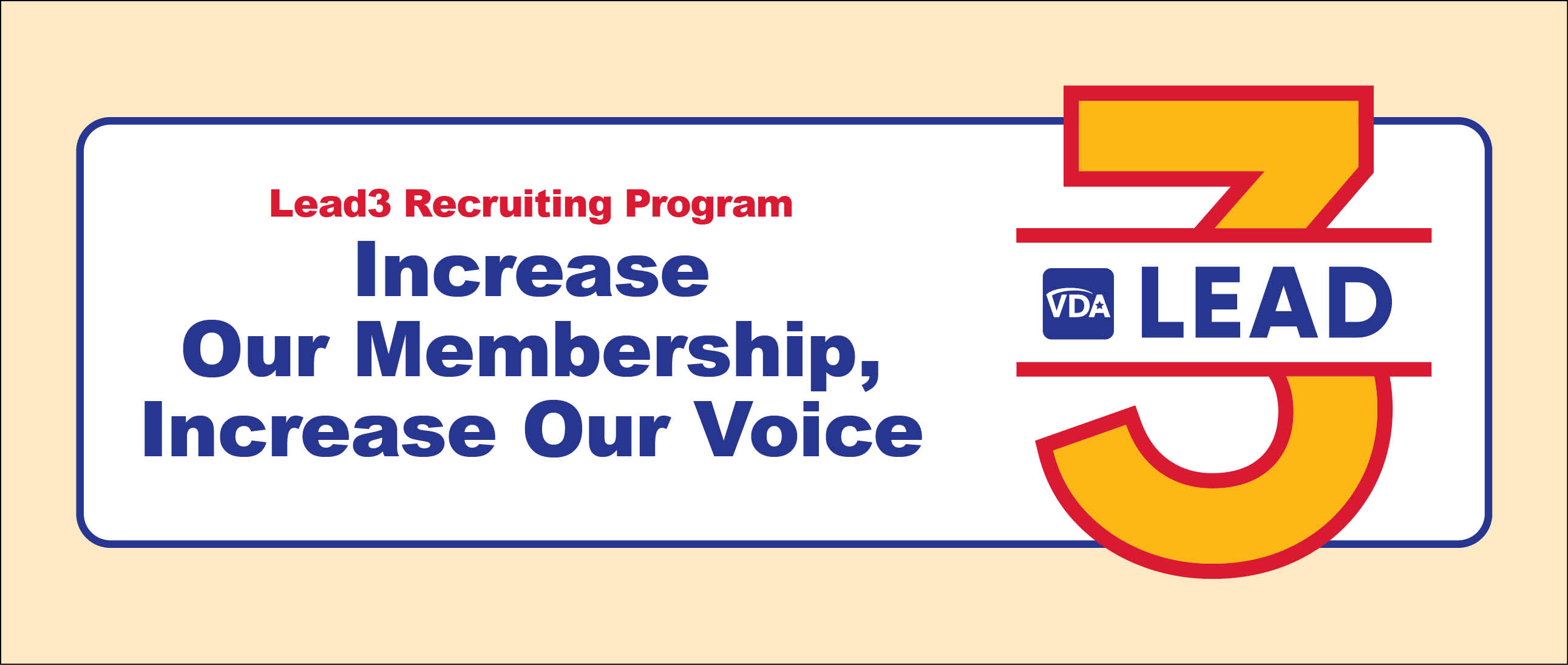
Prescribing as a Key Area for Safety Improvement
Laura M. Cascella, MA
Prescribing medication is a complex process, particularly as the number of prescription drugs on the market continues to grow. Research has shown that prescribing errors are common in ambulatory care, and that these errors can lead to various adverse outcomes.1
Although e-prescribing has shown promise in reducing some errors — like those linked to illegibility and harmful drug interactions — it may not solve others, such as prescription errors due to wrong diagnosis or omitted information. In fact, a study that examined 3,850 computer-generated prescriptions found that about 1 in 10 included at least one error, of which a third had potential for harm. 2
With prescribing identified as a key area for safety improvement, this article aims to provide an overview of several aspects of the prescribing process — including reconciling patient medications, prescribing new medications and refills, and managing patients on high-alert medications — and offer helpful risk management tips and strategies.
Medication Reconciliation
In healthcare practices, careful evaluation of patients’ medical history and current health status is an essential element of quality patient care and an important initial step for safe prescribing. Gathering and maintaining detailed and accurate information “is the first priority in medication safety, as it guides physicians to choose the appropriate medication, dose, route, and frequency.” 3
One of the most important factors in patient evaluation is medication reconciliation. Given that an estimated 4 out of 5 Americans take at least one medication and almost a third take five or more medications,4 it is reasonable to assume that patients are receiving prescriptions from more than one provider — such as family physicians, specialists, and dentists — and taking any number of over-the-counter (OTC) drugs, supplements, or herbal remedies.
Comprehensively reviewing all medications and products that patients use, as opposed to only the medications prescribed at a single practice, and keeping up-to-date medical records can help practitioners make informed treatment decisions and reduce the risk of dangerous or undesirable medication interactions and suboptimal treatment outcomes.
The following risk management tips offer strategies for managing and improving the medication reconciliation process.
Risk Management Tips for Medication Reconciliation
- At each office visit, review all medications that the patient is taking, including prescription drugs, OTC medications, herbal products, dietary supplements, vitamins, and alternative therapies.
- To assist with reconciliation, ask the patient to bring his or her medications, or a written list of medications, to the appointment.
- Document all information related to drug, material, or food allergies in a prominent and consistent location in the patient’s health record. List the name of the allergen, the date the allergy was identified, and the patient’s reaction.
- Consider recommending to the patient medication management tools, such as apps, wallet cards, or forms to assist with the reconciliation process. Various organizations offer these types of resources, including the Agency for Healthcare Research and Quality, the Institute for Safe Medication Practices (ISMP), and the American Medical Association.
- Use a hardcopy or electronic medication flow sheet to document all medication orders, including refills, in the patient’s health record. Ensure this information is located in a prominent place. Flow sheets should include ample information, such as drug name, dose, administration route, frequency, and purpose.
- When transferring patient care to another provider outside of the practice, send a thorough and detailed list of the patient’s medications to the new provider.
New Prescriptions and Refills
Writing prescriptions, handling requests for medication refills, and providing sample medications are routine aspects of patient care in healthcare practices. Having carefully developed guidelines, standards, and procedures for these activities can improve patient safety and minimize liability.
Guidelines should clearly establish which staff members in the practice are authorized to prescribe medications, order refills, and dispense samples. Prescribing privileges vary by state and may also vary by drug classification (e.g., controlled substances), so knowing whether your state limits or restricts prescribing by certain professions is important.
Prescribing guidelines also should establish policies for handling requests for new prescriptions, managing medication refills, standardizing prescription writing through accepted and agreed-upon terminology and abbreviations, and educating staff about potential errors and the resulting adverse outcomes that can occur during the prescription process, such as problems with “look-alike/sound-alike” drug names and variations in dose designations.
The following risk management tips offer strategies for developing effective prescribing guidelines and managing the prescription and refill processes.
Risk Management Tips for New Prescriptions and Refills
- Stay within your scope/expertise and follow evidence-based guidelines and accepted treatment principles when prescribing medications to reduce the risk of errors.
- Assign the responsibilities of writing prescriptions, handling refills, dispensing samples, and administering medications to professional staff members who are legally permitted by state law to perform these activities, and who are properly trained and credentialed.
- Consider a patient’s lifestyle, frequency of use, and cost when prescribing new medications. These factors may affect patient compliance.
- Maintain adequate and current drug references and resources, and ensure staff have easy access to these resources.
- Make sure prescribing guidelines clearly establish when patients must have medical evaluations, testing, or follow up before new medications or refills will be prescribed.
- Set clear parameters for when prescribing in the absence of a medical evaluation is appropriate and define limitations and restrictions, such as only providing a limited quantity of medication until the patient can come in for evaluation.
- Establish a list of potentially problematic abbreviations, symbols, and dose designations for your practice. ISMP offers a detailed list that can be downloaded at http://ismp.org/tools/errorproneabbreviations.pdf.
- Ask staff to reference the list of error-prone abbreviations, symbols, and dose designations when communicating medical information to patients, pharmacists, and other providers.
- Establish policies that target potential problems with drug names and dosages. For example, require staff to always include the indication for use on prescriptions and use leading zeros as the standard format for writing out dosages.
High-Alert Medications
High-alert medications pose special risks and challenges for healthcare practices striving to implement medication safety measures. “High-alert” refers to medications that “have a propensity to cause serious harm when used in error” and that “require extra precautions when administered, prescribed, dispensed, or refilled.” 5
Although medication errors are not necessarily more common with high-alert drugs, they are more likely to lead to severe outcomes.
ISMP has compiled a list of high-alert medications used in healthcare that includes, among others, heparin, warfarin, insulin, narcotics/opioids, and sedatives. (For more information, go to http://ismp.org/tools/highalertmedicationLists.asp.)
To minimize the risks associated with high-alert medications, healthcare practices can incorporate specific safeguards into their prescribing processes. An initial step in establishing safeguards involves determining which high-alert medications are prescribed, stored, or administered in the practice. Once a list has been generated, specific strategies can be developed and implemented to ensure patient safety.
The following risk management tips offer strategies for developing effective policies and protocols to manage patients on high-alert medications.
Risk Management Tips for High-Alert Medications
- Use a reliable system to track patients on high-alert medications. Carefully document information such as medication types, dosages, prescriptions, refills, and follow-up tests.
- For patients who take high-alert medications, thoroughly document in their health records any necessary medical follow up, lab work and results, informed decision conversations, special instructions, and the provision of patient education.
- Consider using medication contracts for patients who take high-alert medications. Contracts should indicate appropriate medication use and expectations. Have the patient sign the contract and keep a copy in the patient’s record.
- Establish a policy that requires patients to have a medical evaluation before refills of high-alert drugs are authorized.
- Include full and detailed instructions on prescriptions for high-alert medications, as well as the indication for use. Avoid using “as directed” in place of specific instructions.
- Allow ample time to discuss high-alert medications with patients and answer questions. Explain how and when the patient should take the medication, and discuss any monitoring or follow up.
- Consider patients’ health literacy when providing education and materials. Ask patients to “repeat back” the purpose of their medications and how they should take each drug.
Conclusion
Although errors can occur at various stages in the medication process, the complex nature of prescribing opens the door to a number of potential safety issues. Errors may occur in the absence of clearly defined processes and protocols for safe prescribing.
To avoid possibly harmful adverse drug events that result from prescribing errors, healthcare practices should develop strategies and implement safeguards that target key areas of the prescribing process for safety improvement. When staff members who are authorized to write prescriptions are aware of these safeguards and in compliance with organizational policies, the risk of serious, but preventable errors is minimized.
Endnotes
1 Abramson, E. L., Barron, Y., Quaresimo, J., & Kaushal, R. (2011). Electronic prescribing within an electronic health record reduces ambulatory prescribing errors. Joint Commission Journal on Quality and Patient Safety, 37(10), 470–478.
2 Nanji, K. C., Rothschild, J. M., Salzberg, C., Keohane, C. A., Zigmont, K., Devita, J., Poon, E. G. (2011). Errors associated with outpatient computerized prescribing systems. Journal of the American Medical Informatics Association, 18, 767–773. doi:10.1136/amiajnl-2011-000205
3 Jenkins, R. H., & Vaida, A. J. (2007). Simple strategies to avoid medication errors. American Academy of Family Physicians. Retrieved from http://www.aafp.org/fpm/2007/0200/p41.html
4 The Centers for Disease Control and Prevention. (2012, August). Medication safety basics. Retrieved from http://www.cdc.gov/medicationsafety/basics.html
5 Jenkins, et al., Simple strategies.
This document should not be construed as medical or legal advice. Because the facts applicable to your situation may vary, or the laws applicable in your jurisdiction may differ, please contact your attorney or other professional advisors if you have any questions related to your legal or medical obligations or rights, state or federal laws, contract interpretation, or other legal questions.
MedPro Group is the marketing name used to refer to the insurance operations of The Medical Protective Company, Princeton Insurance Company, PLICO, Inc. and MedPro RRG Risk Retention Group. All insurance products are underwritten and administered by these and other Berkshire Hathaway affiliates, including National Fire & Marine Insurance Company. Product availability is based upon business and regulatory approval and may differ between companies.
© 2016 MedPro Group Inc. All rights reserved.






